In case you missed it, a recent study made headlines when researchers found that people who followed a diet of only Twinkies and other sugary snacks managed to lose weight. More about the study read in my old article: How To Easily Lose Fat Naturally Without Fad Diets Or HIIT Workouts
How could this be? The answer lies in the science of caloric deficit. When you consume fewer calories than your body needs, it starts burning stored fat for energy. This is how you lose weight or fat, regardless of the foods you eat. In this article, I’ll teach you how to maintain caloric deficit and how to use it to lose weight or fat.
How to track the calories we burn?
There are a few ways to track the calories we burn. One way is to use activity trackers. These can be either standalone devices or apps that work with our smartphones. There are many different brands and models of activity trackers on the market, so it’s important to choose one that best suits our needs.
Another way to track calorie expenditure is to use a calorie expenditure calculator. These are widely available online and in the app stores. I highly recommend using the Coach PK Daily Calorie Expenditure Calculator because it’s tested and reliable, and I’ve also created special video instructions for you to help you get the most accurate results.
Once we have calculated our daily caloric needs, we can set ourselves daily calorie targets. It’s important to stick to these targets for at least a week so that we can get an accurate idea of how many calories we’re actually burning. At the end of the week, we should measure our weight and check our progress photos by comparing them with the measurements we took at the beginning of the week. This will help us to identify any changes in our body composition. If we see that we’re not making the progress we want, we can adjust our calories accordingly.
How to track the calories we eat?
There are many ways to track the calories we eat. We can use food/calorie-tracking apps like Myfitnesspal or Lifesum. We can also look at the nutrition table on food labels to see the macronutrient contents and the calorie amount per portion.
Calorie tracking is also very helpful for beginners to learn more about the foods they eat and gain the knowledge that will allow them to make smarter food choices in future.
In any of the Coach PK Personalised Plans we teach you and help you calculate and analyse the foods you eat through our unlimited support and guidance. Try it out for yourself and see how easy it is to make healthier choices when you’re armed with the right information and support!
Conclusion
There’s no one-size-fits-all answer to the question of how many calories we should eat in a day. It depends on our individual metabolism, activity level, and goals. However, there are some general guidelines we can follow. It’s important that in the process of losing weight we don’t lose focus on our overall health and wellbeing because too extreme weight loss or lack of micronutrients can lead to many health complications.
I hope this article has helped you to understand how to maintain a caloric deficit and how to use it to lose weight or fat. If you have any questions, please feel free to ask them in the comments section below.
I’ll be happy to help!
Coach Petar Krastev.

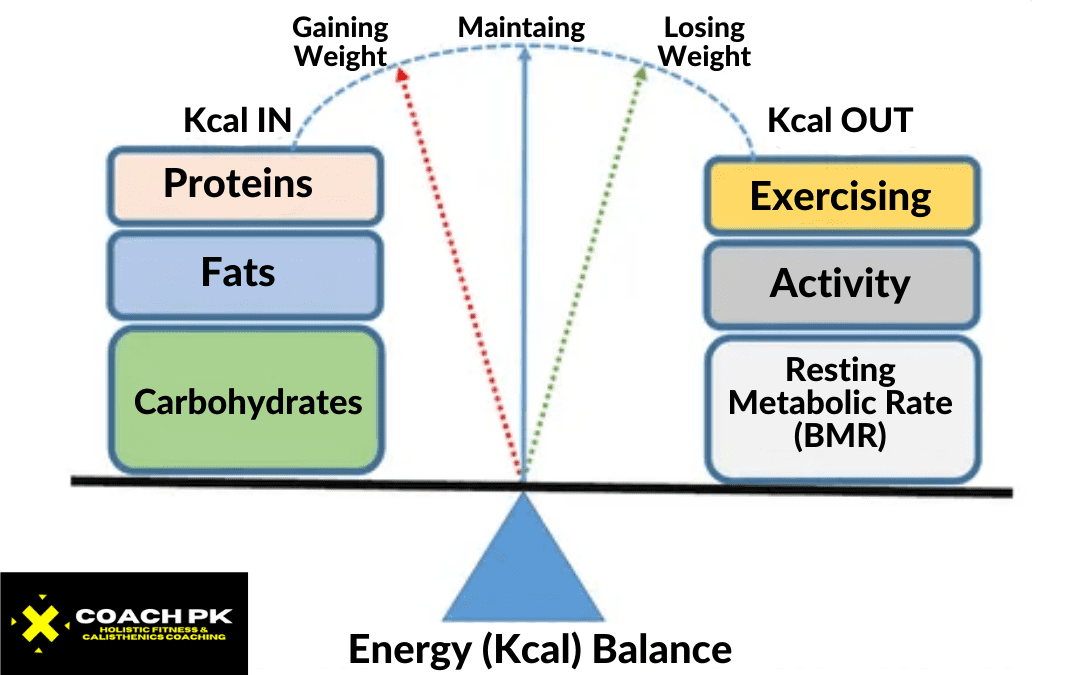
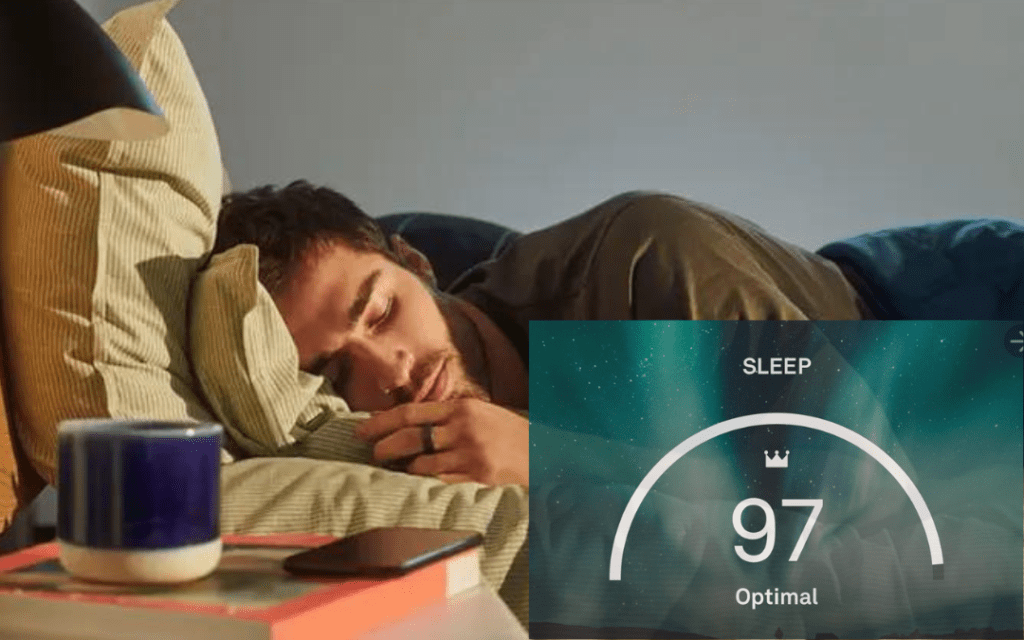
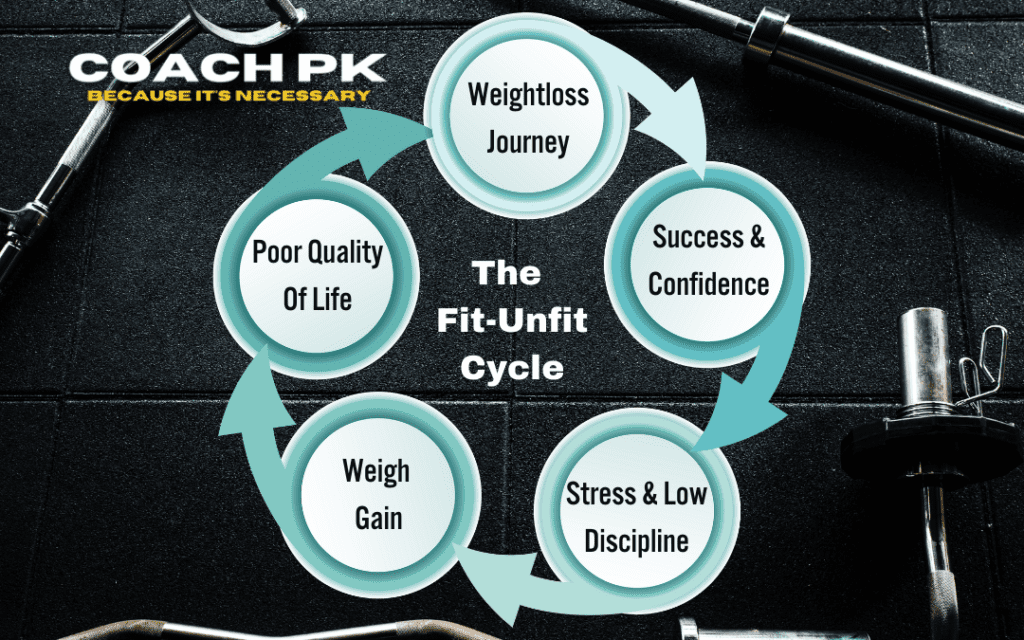


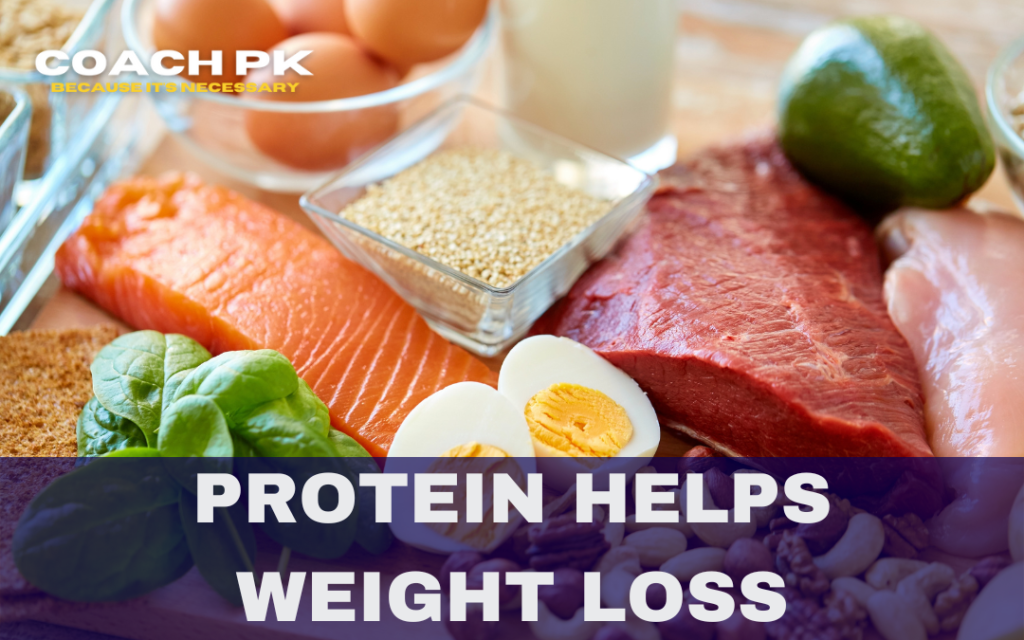
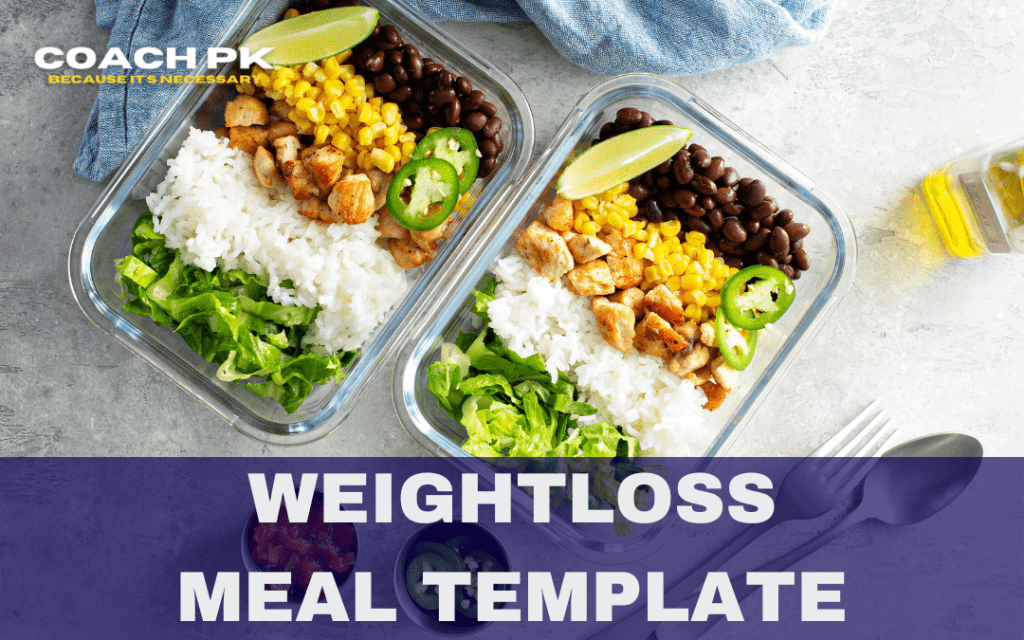
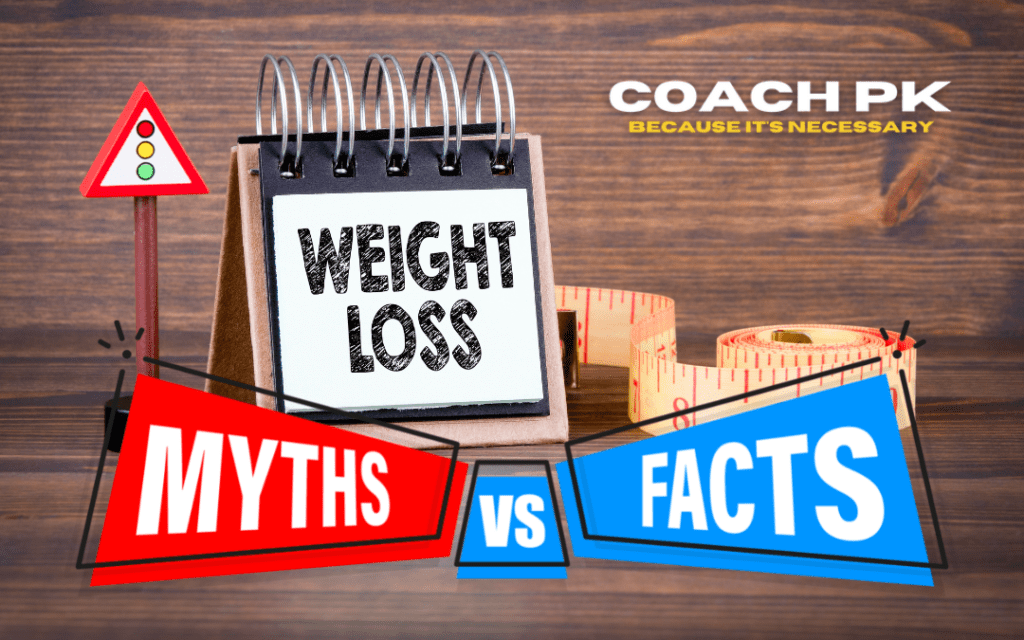
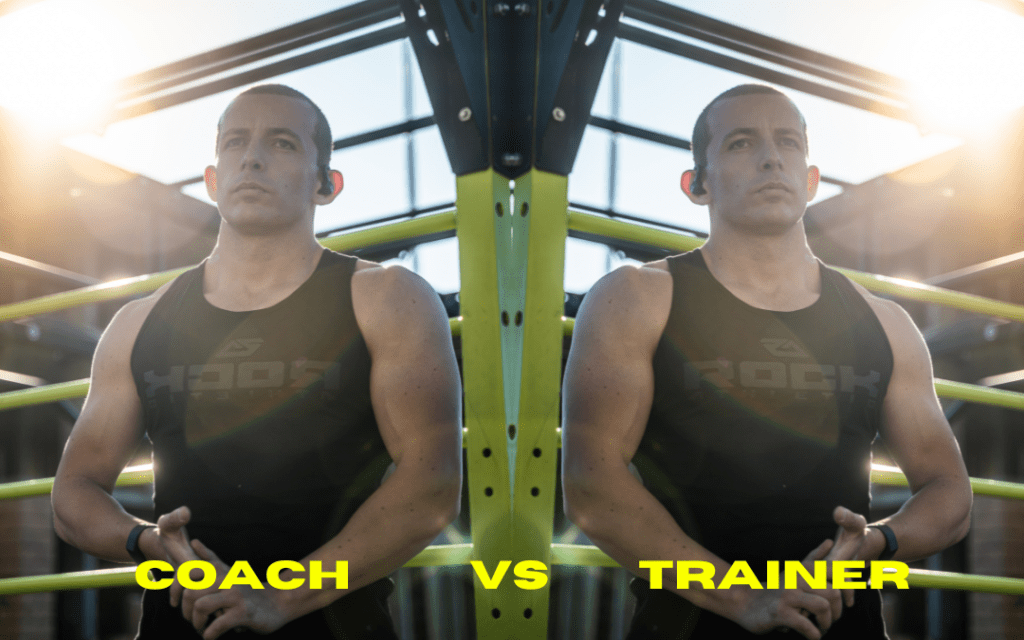
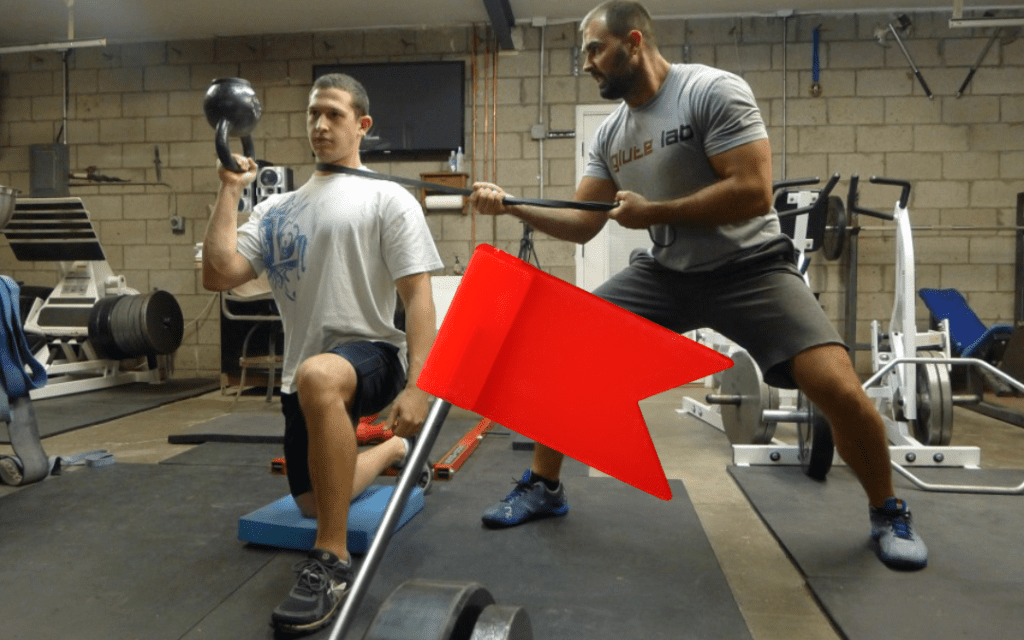
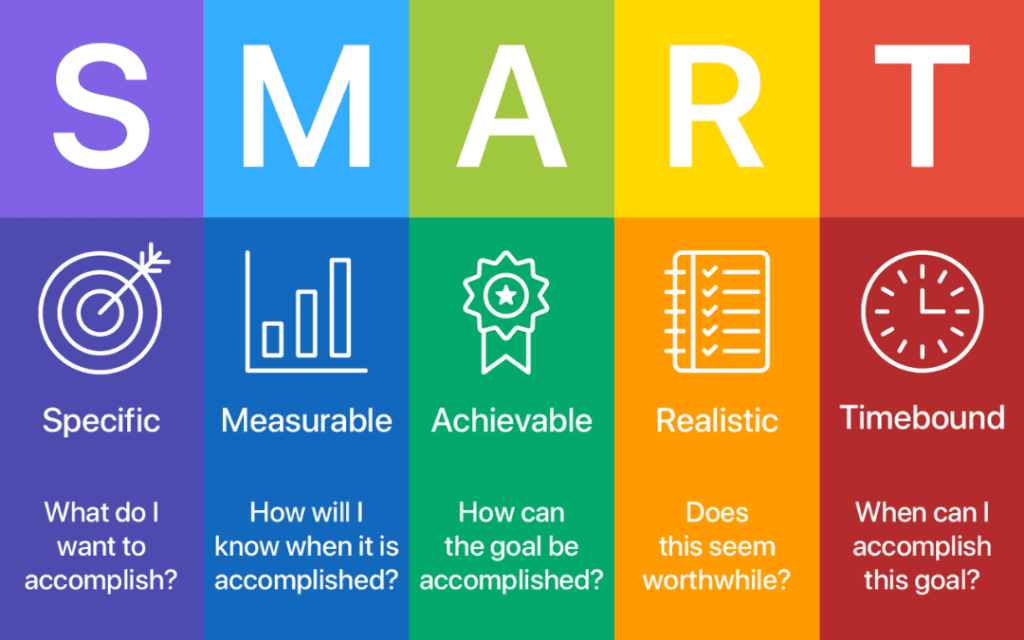
This is the perfect blog for anyone who wishes to find out about this topic. You understand so much its almost hard to argue with you (not that I actually would want toÖHaHa). You definitely put a brand new spin on a topic that has been discussed for many years. Excellent stuff, just great!